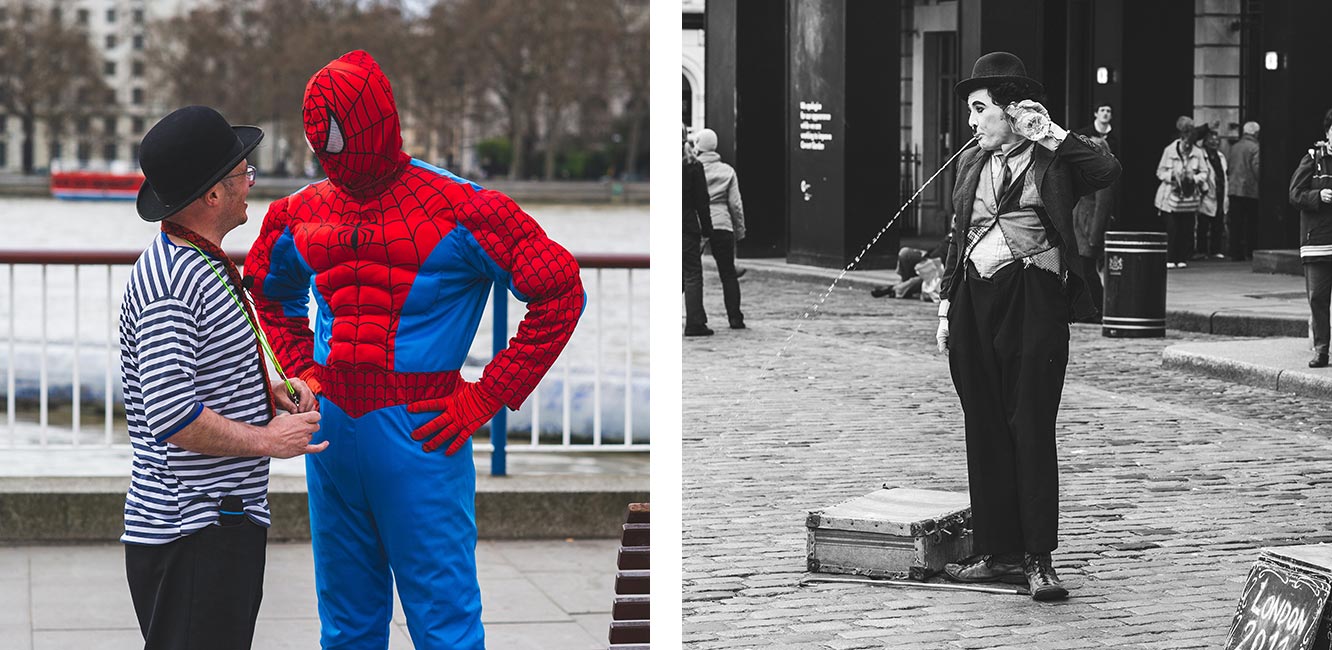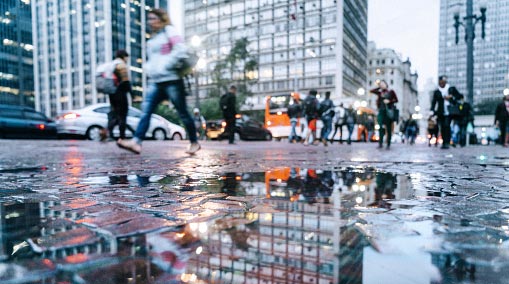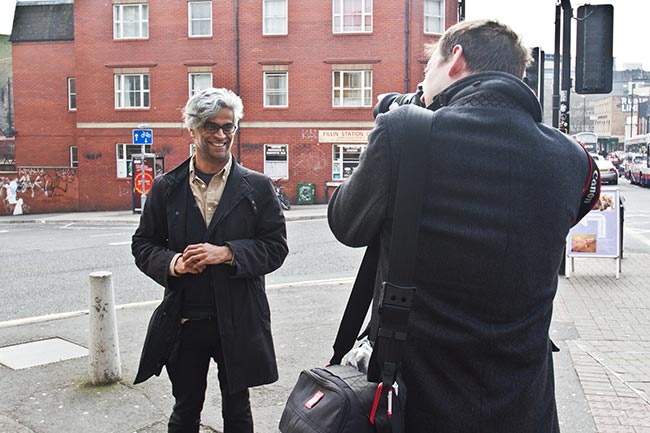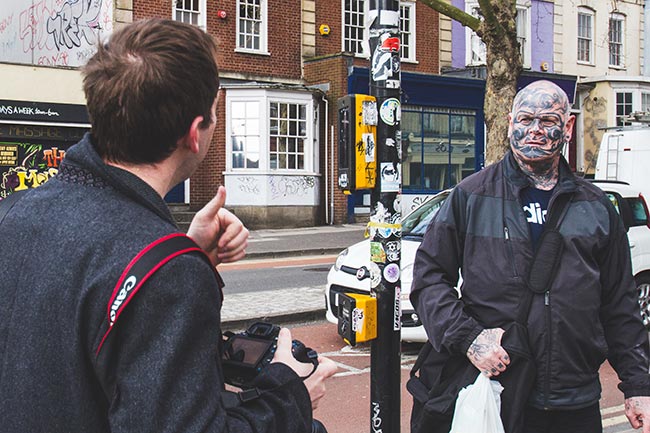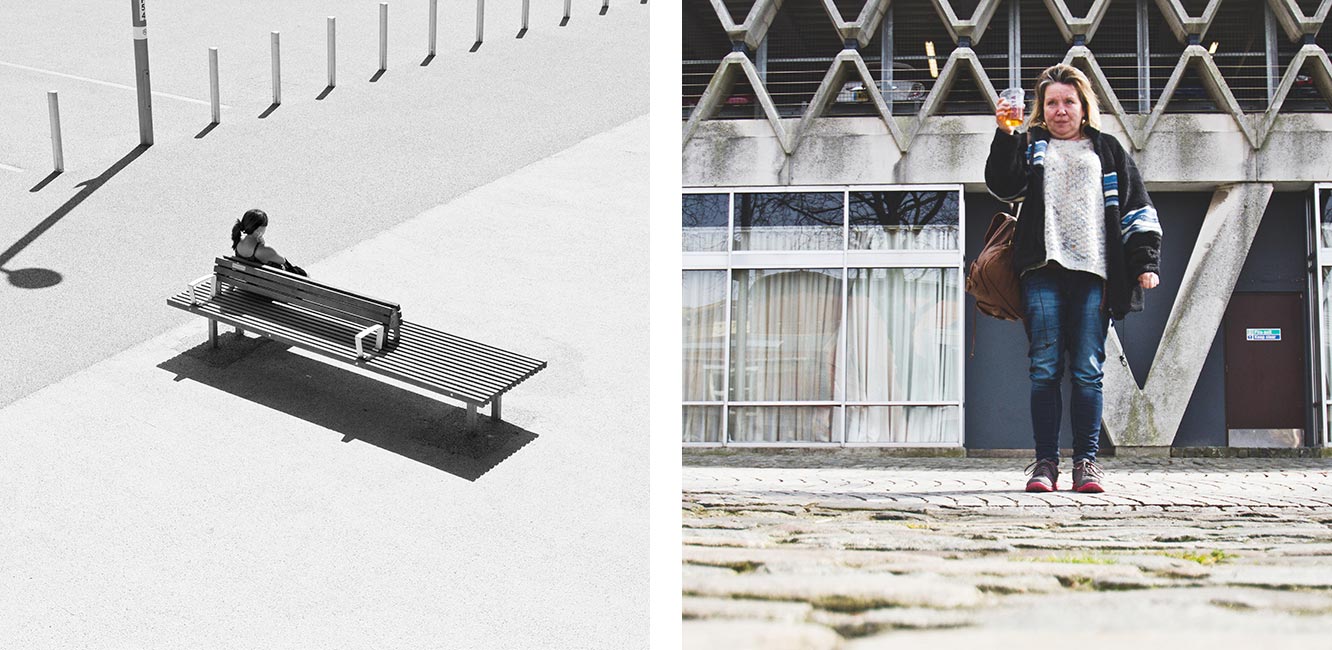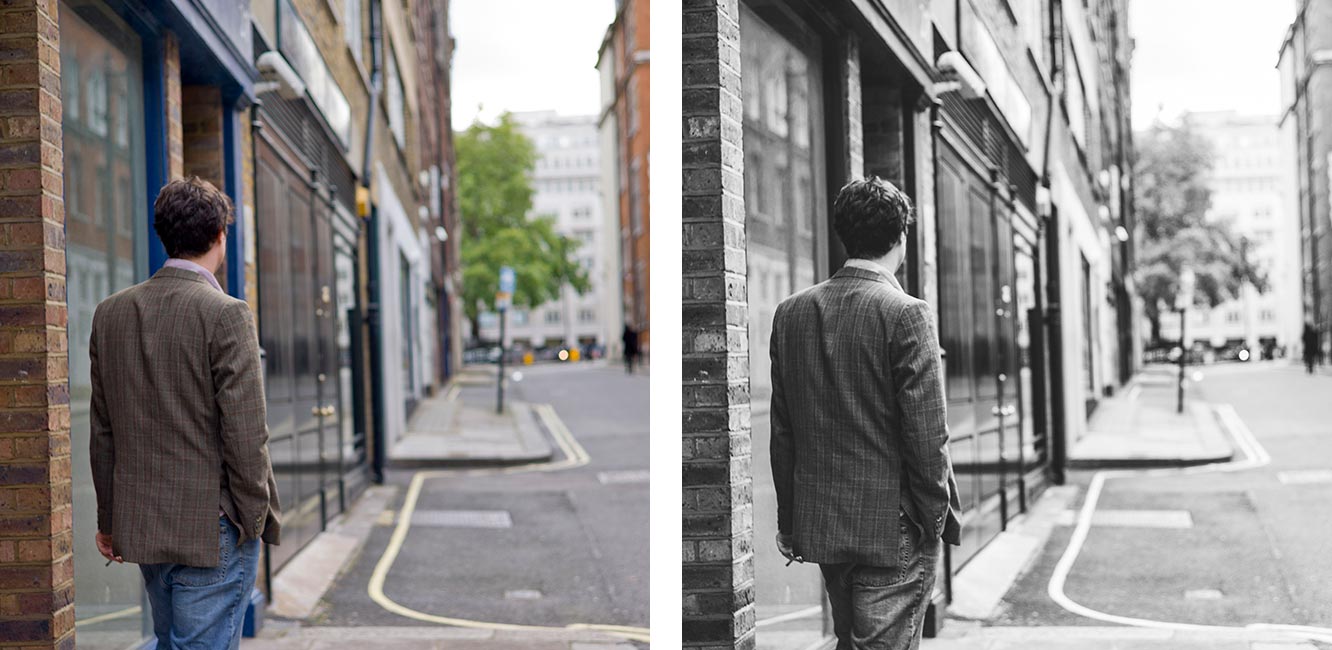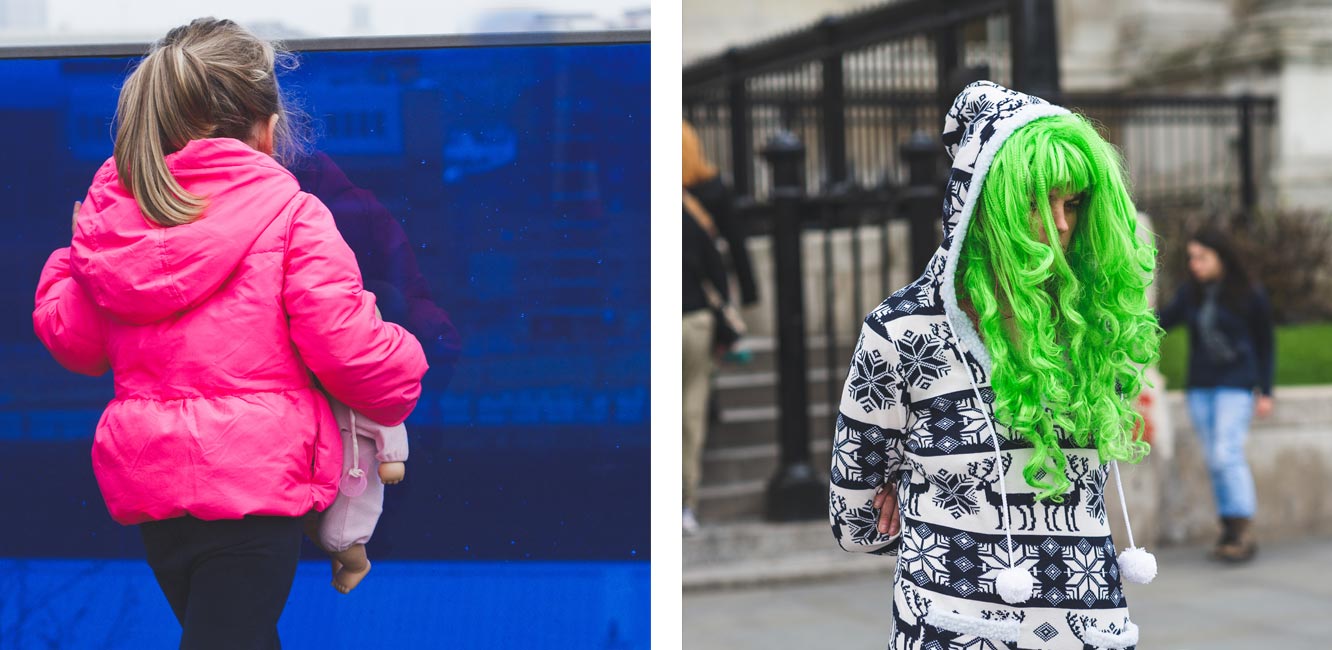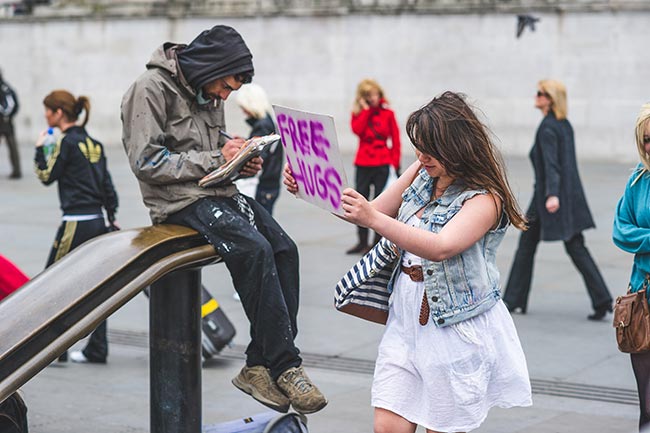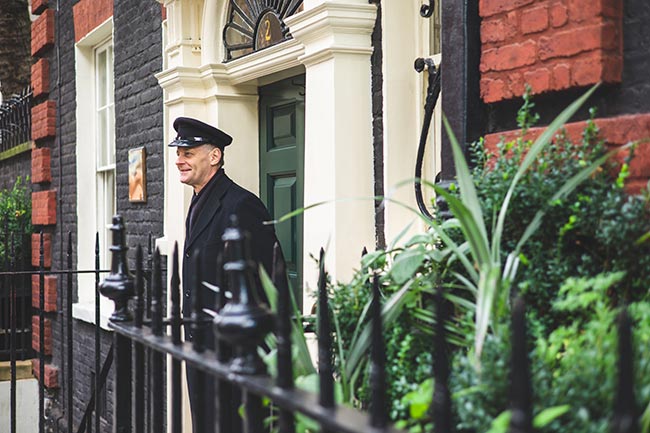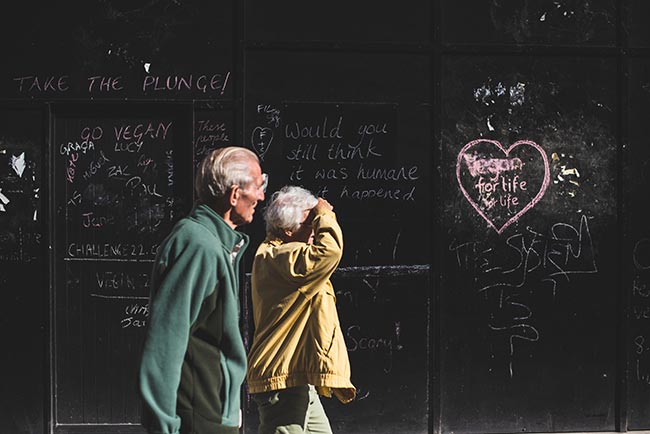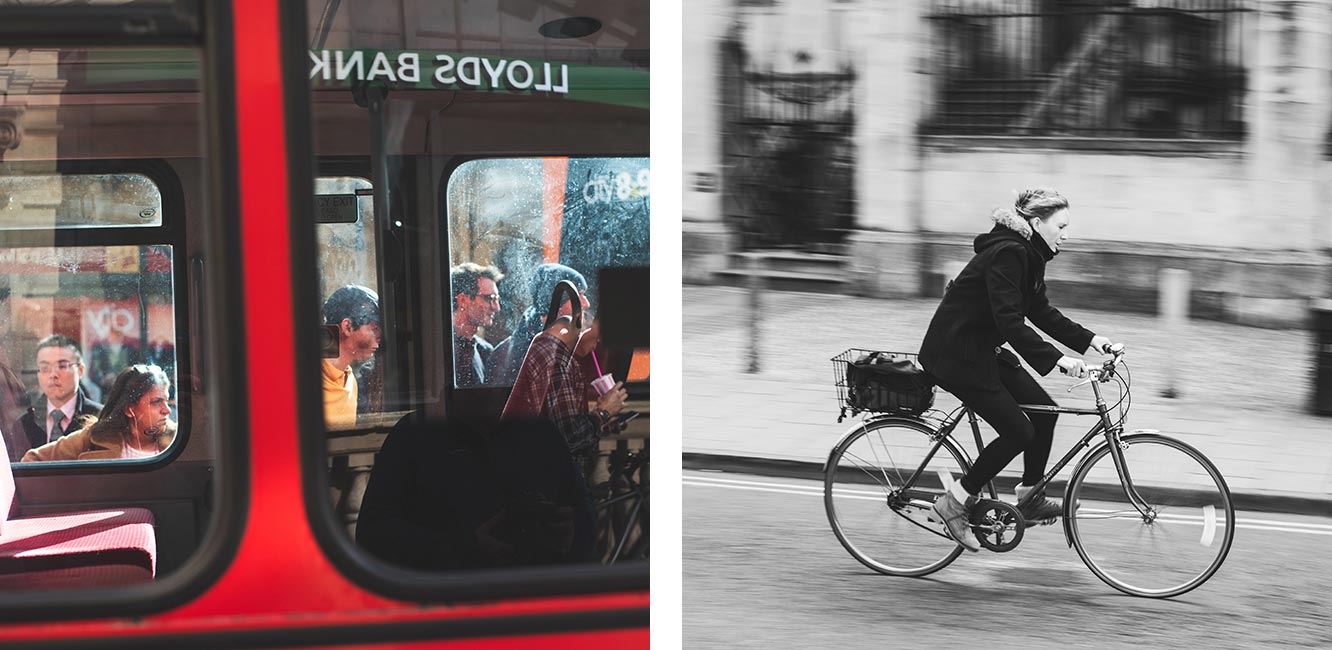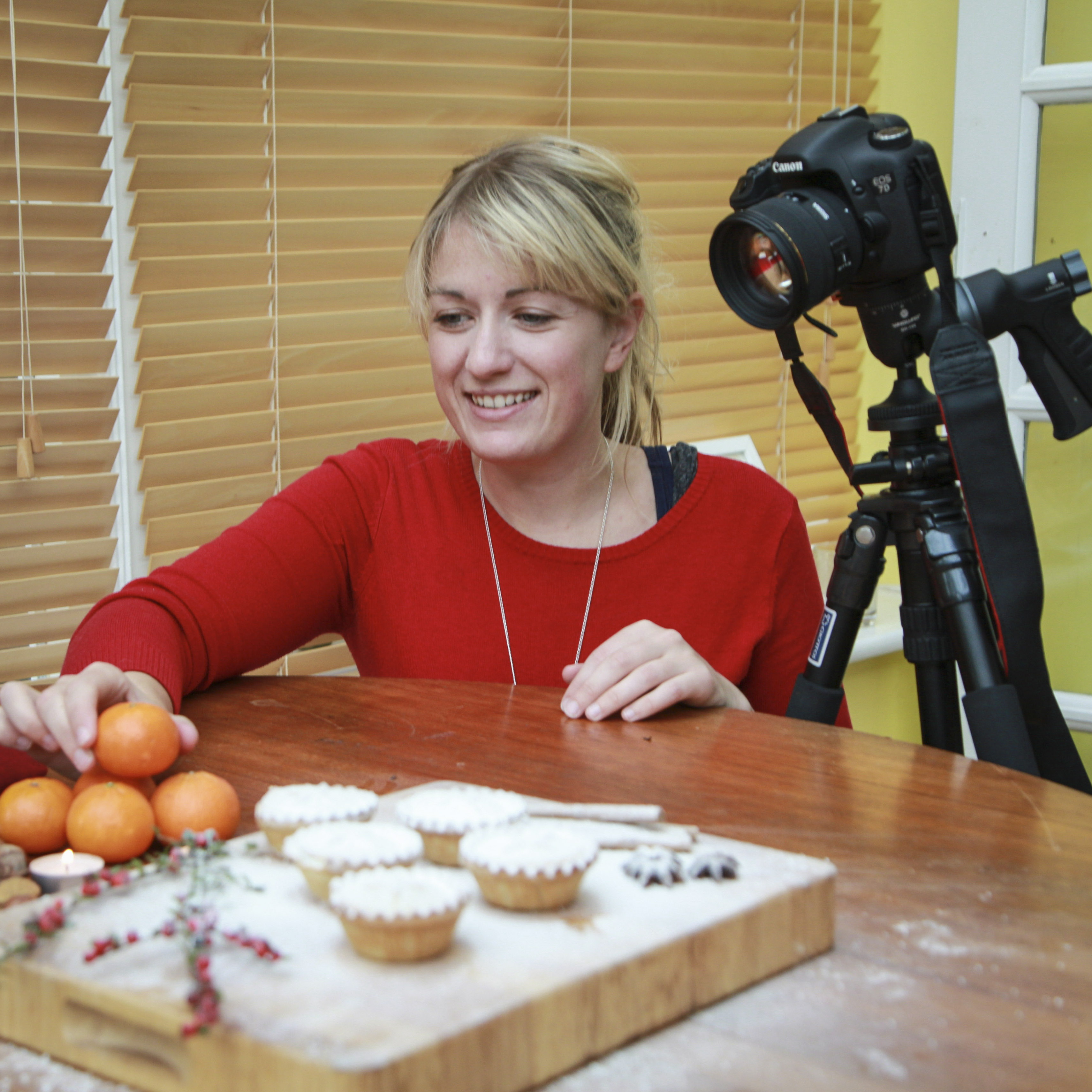14 street photography tips to use in the city with your camera
Street photography need not be challenging: check out our handy tips to hone your street photography skills
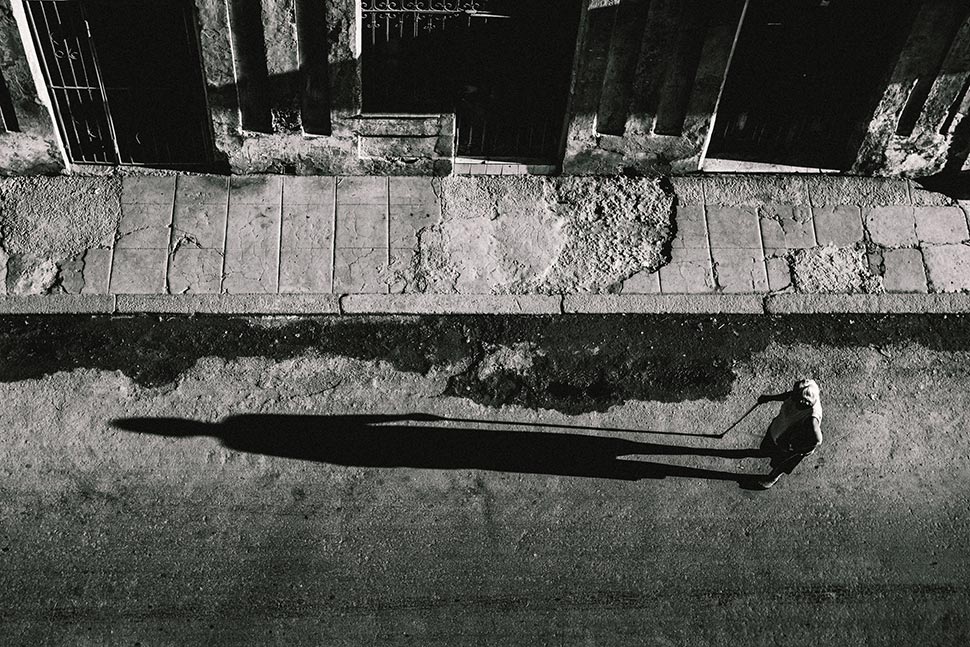
Right outside your front door there are many images just waiting to be captured, from the man selling coffee from his portable street stall, to the florist arranging flowers in her shop on the corner.
Street photography is as it sounds – they are classified as images taken on the street and, in a nutshell, show day-to-day life.
In years to come the street images you shoot now will play a key part in educating future generations what life was like in the 2020s!
To help you get started on your street photography journey we’ve compiled a list of essential things to know.
You can use practically any type of camera, but if you want suggestions check out our guide to the best cameras for street photography.
But whether you’re an experienced photographer or just starting out, you can’t afford to miss these tips to help you take your street shooting skills to the next level.
1. Look first
Street photography is all about capturing the moment, and it’s amazing when you start people watching how often these incredible and visual moments occur.
The best camera deals, reviews, product advice, and unmissable photography news, direct to your inbox!
It could be anything from two people talking in the street to someone jumping over a puddle.
The more you watch and observe the more you will see so take a moment before you pick up your camera to try and predict how people are going to behave or what space they are going to move into. It doesn’t matter if you miss a moment as there is always another one to follow shortly so take your time to observe before you get your camera out.
• 147 photography tips, video tutorials and techniques
2. Bad weather
When it’s pouring down with rain outside the last thing you will feel like doing is heading out onto the street with your camera, however, this is an optimum opportunity to capture some unique street scenes.
Umbrellas, rain pouring, people running undercover all bring an element of interest to the frame. If you’re worried about getting soaked yourself you can hide in a doorway or carry an umbrella in one hand!
After a downpour is also a good shooting time. Puddles and reflections create interesting angles and compositions.
3. Shadows and shapes
We often advise not to shoot in bright sunshine, however, in street photography bright light provides strong shadows and interesting shapes, and can create creative compositions.
Avoid over exposing your highlights and, although it might be possible to retain some detail in the shadows, don’t be afraid to let them go black to explore pattern and shape.
• Clever lighting techniques to make interesting shapes with shadows
4. Pack smart
You don’t want to be lugging around tons of heavy kit on a street shoot so think before you leave the house about what you are going to need.
Prime lenses are great for street photography as they enable you to shoot at a wider aperture setting in lowlight, but they are also lightweight and more inconspicuous compared to a big zoom lens.
Limit yourself to one or two light lenses to be flexible and agile.
Many street photographers opt to carry their kit in a shoulder bag rather than a big backpack as they can easily access it, and keep it safe on the front of their body in busy crowds.
5. Be respectful
Street photography can be a confrontational act to some people so you need to respect those who do not want their image to be taken.
If you find yourself in a situation where a person is upset with you taking their image then delete it immediately and move on.
Equally there are times when a smile from you can go a long way, and general politeness can calm down a heated situation.
Avoid taking photographs of children on the streets as, although unlikely, they could be in a vulnerable position which you wouldn’t want to jeopardize by publishing their image.
6. Get down low or up high
Photographers who capture interesting images are often looking at the scene from an alternative perspective.
Although it may feel tempting to shoot from eye level, explore those alternative angles by getting down low to the ground or looking at a scene from a bird’s eye view. It will bring another dimension to your image and separate you from the crowd.
• Best cameras and lenses for portraits
7. Monochrome magic
Street photography and black and white images are like two peas in a pod!
When it comes to processing your images be careful to not overexpose the highlights and bring detail out of the shadow, when appropriate.
Finding your style of editing is important to make your images unique. For example, do you want them to be heavy on the contrast? Or lighter on this aspect?
Explore street photographer's work you admire and make note of how they edit their images not to copy but to inspire. Many photographers will also edit all of their images to a similar style to make their work uniform.
• The best photo editing software
8. The right time for color
Just as monochrome is right for some shooting scenarios, color will work better for others.
Color can be trickier to get right compared to monochrome as it is less forgiving, but if you get it right you will have a winning shot. Situations where color can work well are bright clothes, warm glowing sunlight and colorful street markings.
9. Have your camera at the ready (Auto ISO)
When shooting on the fly you need to have your camera ready to get the shot immediately.
We recommend you stick your camera into the Manual mode so you are in control of your shutter speed and aperture, however, a sneaky way to help you shoot in a speedy way is to use the Auto ISO setting. You can limit your auto ISO if you are worried about noise becoming an issue at the higher ISO numbers.
• 215 photography tips, video tutorials and techniques to take photos of anything
10. Track the focus
Most street scenes are moving all the time, whether that be people darting around or cars/bikes zooming past.
We recommend you still shoot in the single AF point and control this aspect, however, set your focus mode to track moving subjects and use back button focusing for further control.
11. Know your rights
When taking images on the street, it’s important to understand what your rights are.
In the UK if you are in a public space you are free to take images of whatever and whoever you please (although, as outlined in tip 5, not in a confrontational way).
If you are on private land you are not entitled to these rights (and often it is not clear that you are on private land). Just because these are the street laws in the UK don’t assume they are the same everywhere. If you are traveling, do your research first as you don’t want to find yourself in an uncomfortable situation with the local law.
12. Wide or close up?
A nifty 50mm in street photography is a great choice, however, if you want to be closer to the action then a 85mm might work better for you, or a wide angle 35mm for those wanting to take a step back.
Again it comes down to you finding your shooting style and approach you want to take to the scene.
13. Mirrorless system
Many street photographers prefer a mirrorless camera system for street shooting due to their lightweight bodies and agile abilities.
They also have the advantage of being smaller and less professional looking (although many CSCs are extremely high quality) out on location, which helps you blend into a crowd.
Of course, a camera is just a tool and whatever you have to hand you can work with (CSC, DSLR or even a mobile phone – which have excellent shooting capabilities now), so don’t feel restricted.
• The 10 best mirrorless cameras
14. Set yourself a challenge/theme/topic
The next time you go out on a street photo shoot, pick a theme or set yourself a task or challenge so you come back with a focused (excuse the pun!) set of images.
It could be that you pick transport as a theme, reflections, or shadows, to name a few ideas. It will help you become more creative in your approach, and may even lead onto a bigger project over a longer period of time.
Essential photography video tutorials
• Studio portrait lighting: essential tips and setups explained
• Headshot photography tips: shoot the perfect head-and-shoulders portrait
• Couple photography: poses for portraits of pairs of people
• Fine art nude photography: tips and techniques
• Boudoir photography tips: lighting, posing and camera skills
• Fill-in flash: tips and tricks for using a flashgun in daylight
• Perfect the strobist look with off-camera flash photography
• Bounce flash: tips to achieve natural lighting with a flashgun
• Gobo lighting: tips for dramatic portraits and film noir photography
• Baby portraits: get great shots with these baby photography tips
• Take a great group photograph: tips for posing perfect people shots
• Commercial headshot tips: professional portrait photography with a single light
• Portrait photography tips: how to practice portrait lighting without a model
• Key lighting and fill lighting for portrait photography
Read more:
The best books on street photography
Best lens for street photography
The best books on portrait photography
The best books on fashion photography
Claire is a professional photographer and writer, and lives by the the sea with her two young children, husband and cat in the southwest of the UK.
After graduating from The Bournemouth Arts Institute with a first-class degree in photography, Claire worked for a number of years in the publishing industry, including as Technique Editor for Digital Camera magazine.
She loves anything and everything to do with photography, from creating magazine articles to photographing ballerinas on the beach and newborn babies (but not at the same time). She mainly shoots with digital DSLRs, but does dust off her beloved Hasselblad medium-format film camera once in a while…
